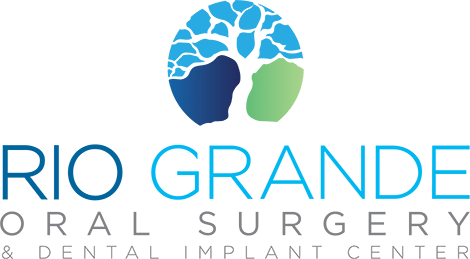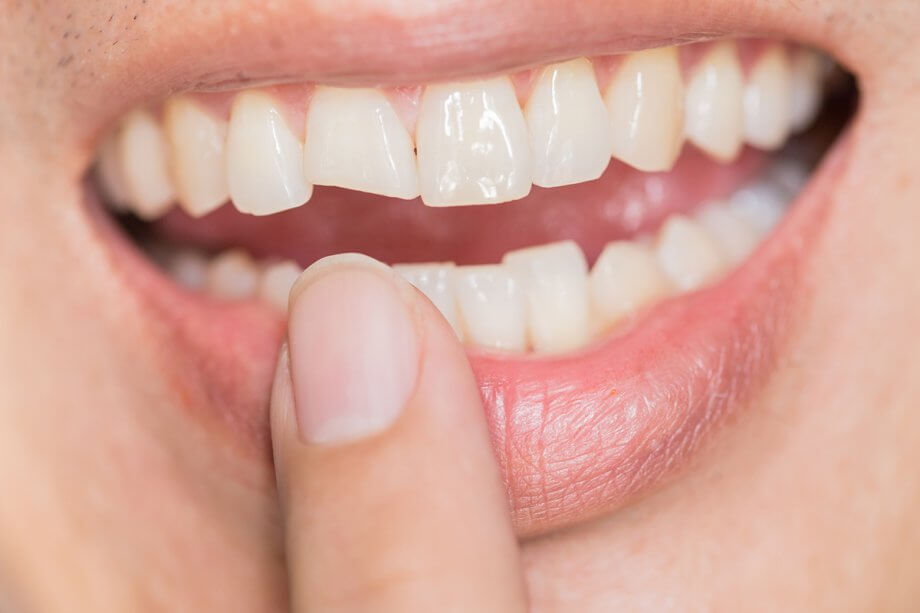A broken tooth is an alarming event that can be caused by accidents, sports injuries, or simply biting into something too hard. While the idea of losing a tooth can be distressing, advances in dental care mean many damaged teeth can be saved. Prompt action and professional care are often the keys to preserving your smile after dental trauma.
Whether the tooth is cracked, chipped, or severely broken, exploring your treatment options quickly can make all the difference. Below, we’ll cover what steps to take and how dental professionals can help repair or replace damaged teeth.
Immediate Steps to Take After Dental Trauma
When a tooth is broken, your priority should be addressing any immediate pain or discomfort and protecting the tooth from further damage. Here’s what to do:
- Rinse and Protect: Rinse your mouth gently with warm water to clean the area. If there’s bleeding, apply pressure with a clean piece of gauze or cloth.
- Recover Tooth Fragments: If part of your tooth has broken off, retrieve and store it. Place the piece in milk or a saline solution to help preserve it until you reach a dentist.
- Manage Pain and Swelling: Apply a cold compress to reduce swelling and take over-the-counter pain relievers as needed.
- See a Dentist Quickly: Time is crucial when saving a broken tooth. Schedule an emergency dental appointment as soon as possible to assess the damage and apply appropriate treatment.
Treatment Options for Broken Teeth
Treatment for a broken tooth depends on the severity and type of damage. Here are common options that a dentist might recommend:
Dental Bonding or Filling
For minor chips or cracks, a dental bonding procedure or filling can often repair the damage. A resin material is applied to reshape the tooth, restoring its appearance and function. This is a relatively quick and cost-effective solution.
Root Canal Treatment
If the break exposes the tooth’s pulp (the inner nerve tissue), a root canal may be necessary to save the tooth. During this procedure, the infected or exposed pulp is removed, the canal is sealed, and the tooth is restored with a crown.
Dental Crown
For more substantial breaks, a crown might be used to cover and protect the remaining tooth structure. Crowns are custom-made to match the size, shape, and color of your natural teeth, ensuring both durability and aesthetic appeal.
Preventing Future Dental Injuries
Though accidents aren’t always avoidable, there are steps you can take to reduce the risk of dental trauma:
- Use Mouthguards: If you play sports, invest in a high-quality mouthguard to protect your teeth and gums.
- Avoid Hard Foods: Be cautious with hard foods, ice, or non-food items that might chip or crack your teeth.
- Stay Up to Date on Dental Care: Regular check-ups enable early detection and treatment of issues like weakened teeth that are more prone to damage.
- Address Grinding Habits: If you grind your teeth, especially at night, a dentist can provide a custom guard to minimize wear and potential fractures.
Frequently Asked Questions About Facial Trauma
What should I do if a tooth is completely knocked out?
If a tooth is knocked out, act quickly. Gently rinse the tooth with water, avoiding scrubbing the root, and place it back into the socket if possible. If reinserting the tooth isn’t an option, keep it in milk or a saline solution to preserve it until you can see a dentist. Immediate care within 1 hour offers the best chance of saving the tooth.
Can a cracked tooth heal on its own?
No, a cracked tooth cannot heal by itself, as teeth are not capable of regenerating like bones. However, dentists can repair cracks with treatments like bonding, crowns, or veneers, depending on the severity of the damage.
At Rio Grande Oral Surgery & Dental Implant Center, we specialize in providing expert care for dental trauma and oral surgery needs. Whether you need immediate attention or a long-term solution, we are here to assist. Visit our contact us page to learn more and schedule an appointment with our experienced team.

